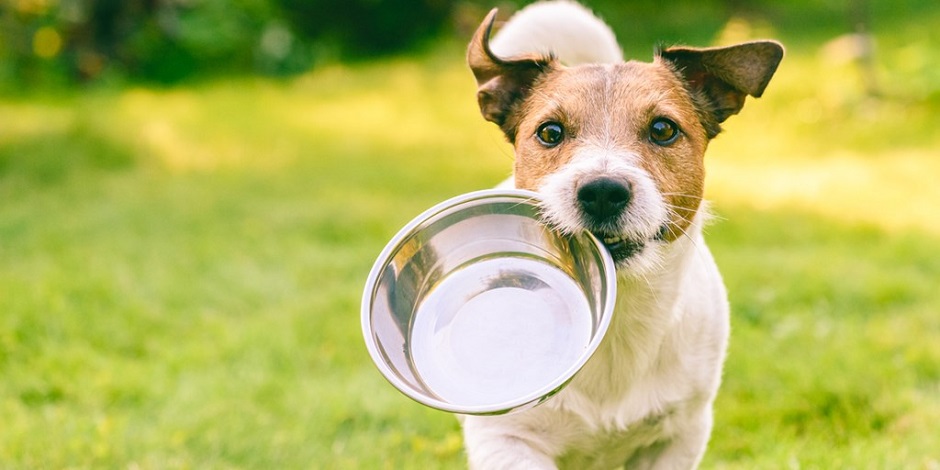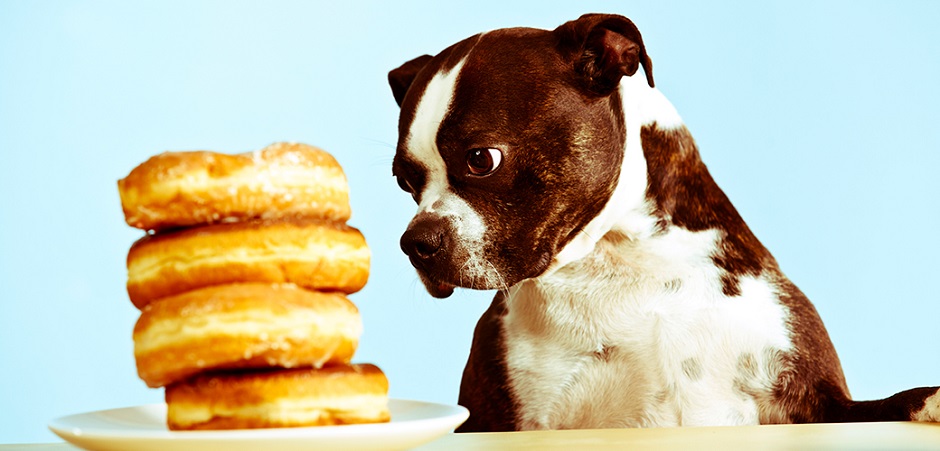Calculate The Amount Of Food To Feed A Dog

Good nutrition is basic for the health of your dog. But it is not only the quality that matters, but also the quantity. If you give him too much food, your companion may end up suffering from obesity and, if you don't give him enough, his needs will not be covered. That is why it is necessary to know how to calculate the amount of dog food for each stage and case.
What Factors To Take Into Account
Your dog eats to meet its energy needs and to do so it needs a certain number of calories. Some foods are higher in energy and others are lower in calories. So the right amount of food for your dog will vary depending on the type of food you feed him and how caloric it is.
Of course, the characteristics of the animal are also determinant in calculating the amount of dog food. You should take the following into account:
- Age
- Size
- Activity level
- Temperature of living environment
- Physical condition
- Insulation provided by its skin and fur
- Health status

And finally, the other factors to consider when calculating the amount of dog food are body condition and weight. The index with which their body condition is measured (taking into account that the optimum fat volume is 15-25%) is as follows:
- Very malnourished
- Very thin
- Thin
- Slightly underweight
- Ideal
- Slightly overweight
- Overweight
- Obese
- Very obese
You will know that your dog is in number 5 if his ribs are easily visible, without showing or having a large amount of fat around them. And if, when you look at him from above, you can clearly see his waist behind his ribs and no side folds appear when he walks.
How To Caclculate The Amount Of Dog Food
As we have just discussed, the right amount of food for a dog depends on its energy needs, food formulation and body condition.
Quality products have different nutritional formulas adapted to the dog's needs at each stage of his life. So they allow you to choose a specific food for your dog according to its age, size and activity level.
In addition, if your companion has any particular needs (if he is diabetic, has skin or gastrointestinal problems, etc.) there are also special diets for him.
To help you with the calculation, on the food package you will find tables with the recommended daily amounts in grams, according to the weight of your companion. These amounts are calculated for a dog with an optimum weight and an average level of activity. So in some cases you will have to give him more or less than indicated:
- If your dog is underweight, he will need to eat more to meet his energy needs. If he is overweight, he will have to eat less.
- Active dogs need more energy, as do pregnant and lactating bitches, so they should eat more. During lactation, if your bitch has more than two puppies, it is better for her to have continuous access to food.
- Puppies also need more energy and should eat size-appropriate amounts 3 or 4 times a day until they are 5 or 6 months old, when the frequency drops to two servings a day.
- Young adult dogs (less than two years old) should eat more than adults of the same weight, as they are more active and still growing.
- Older dogs need fewer calories, as they have a more sedentary lifestyle.
- Neutered dogs tend to eat more, while their metabolism decreases and requires less energy, so they may suffer from obesity. Therefore, they need to eat a smaller amount.
Quality food and exercise are essential to maintain your dog's good health.

Related